Equipments
Tea bag, analytical ablance, clips, sealing machine, centrifuge, stop watch
Reagants
0.9% Saline Solution
Procedure
- Accurately weigh 0.2000 g. sample, pour it into the tea bag, seal it, and soak it in enough normal saline.
- After 30min, the tea bag was lifted out and hung with a long tail clip at an Angle of 450 , After 10min of water dripping at rest, the mass was weighed.
- Put the tea bag into the centrifuge to dehydrate for 3min and then weigh the tea bag.
- Four sets of data were tested in parallel for each sample. Water absorption and water retention rates were calculated respectively
Experiment Demonstration

Equipments
Magnetic agitator, rotor, analytical balance, stopwatch.
Reagants
0.9% Saline Solution
Procedure
- a 100mL beaker with rotor, 50.0±0.58 normal saline was loaded.
- Adjust the magnetic agitator to stir at a speed of 600 rotors per minute, accurately weigh the sample of 2.00g and put it into the vortex. At the same time, start the timer with a stopwatch.
- Test 3 sets of data in parallel for each sample, and take the average value as the measurement result.
Experiment Demonstration

Equipments
Ceramic plate, pressure test cylinder, weight, qualitative filter paper, analytical balance, electronic balance, stopwatch.
Reagants
0.9% Saline Solution
Procedure
- Place the ceramic plate facing upward into the petri dish, place the filter paper in the center of the ceramic plate, inject normal saline, and keep the saline level with the upper surface of the ceramic plate.
- The 0.900g sample is accurately weighed and evenly distributed on the metal net at the bottom of the test tube and leave it there for 30 seconds.
- Put the weight with a load of 0.3PSI/O.7PSl into the cylinder, weigh the mass m2, place it on the ceramic plate, and weigh it again after 60min, which is denoted as m3.
- Test 2 sets of data for each sample in parallel, calculate the pressure absorption amount respectively, and take the average value as the measurement results.
Experiment Demonstration

Equipments
Permeability equipment, beaker, analytical balance, stop watch
Reagants
0.9% Saline Solution
Procedure
- Weigh the sample of 0.32g, pour 150mL normal saline and let it rest for 30min.
- Close the plug of the liquid flow equipment and pour the saturated absorbed sample into the liquid flow measuring device.
- Open the hydrant and let the liquid level drop to the waiting line. Put the compression shaft into the the pressure test tube and leave it there for 30 seconds.
- Open the valve to release the flowing liquid, and use a stopwatch to measure the time required for the liquid level in the tube to drop from the upper scale to the lower scale which is T.
- Two sets of data were tested in parallel for each sample, and the flow volume was calculated respectively, The average value was taken as the measurement result.
Experiment Demonstration

Equipments
Vibrating screen, screen mesh, electronic balance, stop watch
Procedure
- Stack the screen mesh according to the aperture from bottom to top, and place the chassis, 300-20 mesh screen mesh (according to the needs of different particle size) and lid respectively.
- Accu rately weigh 100g sample, pour it into the top sieve, cap it and open the vibrator,
- After 10mln, weigh the quality Of the sample On the screen screen and the receiving chassis respectively.
- Calculate the proportion of the sample mass in each layer of sieve to the total mass, and obtain the particle size distribution of the sample.
Experiment Demonstration

Equipments
Beaker, magnetic stirrer, rotor, filter paper, IOOμ microinjector, a membrane filter, electronic balance, high performance liquid chromatograph.,stop watch
Reagants
0.9% Saline Solution, acrylic, phosphate
Procedure
- Weigh lg sample, accurate to 0.001g, and pour into beaker. Then add 200mL normal saline, put it into the rotor, seal it, stir it with a magnetic stirrer for lh, filter it with a filter paper, and use the filtrate as the test solution.
- Determine the peak area of acrylic acid solution with known concentration and draw a standard curve with acrylic acid concentration as the abscissa and the peak area as the ordinate.
- The test solution was injected into high performance liquid chromatography (HPLC) with a microsyringe through a membrane filter, and the peak area Of the test sample was measured.
- According to the peak area of the test solution and the standard curve, the residual monomer (acrylic acid) content in the sample was calculated, and it was accurate to the first place after the decimal point.,
- Two sets of data were tested in parallel for each sample, and the average value was used as the measurement result
Equipments
Beaker, magnetic agitator, rotor, filter paper, PH meter, acid burette, alkali burette, electronic balance, iron frame.
Reagants
Saline solution, Hydrochloric acid solution (Imol/lL), sodium hydroxide solution (Imol/L), standard PH buffer solvent
Procedure
- Calibrate ph electrode with standard ph buffer solution.
- Take an accurate measure of 200ml brine from a measuring cylinder and pour it into a 250ml beaker/ flask.
- Weigh lgSAP and put it into a beaker/conical flask. The seal.
- Stirring on magnetic agitator for lh/4h/Bh/16h
- Filter the supernatant of 50ml test sample.
- First, 50ml of normal saline was titrated to ph=10 with 0.1mol/l NaOH solution, and the volume VI of NaOH solution was recorded; then 0.1mol/l HCI solution was titrated to ph=2.7, and the volume V3 of HCI solution was recorded.
- Then, the supernatant of 50ml test sample was titrated with 0.1mol/l NaOH solution to ph=10, and the volume of NaOH solution used was recorded, V2, and then the volume of HCI solution was titrated with 0.1mol/l HCI solution to ph=2.7, and the volume V4 of HCI solution used was recorded.
- According to the volume of NaOH and HCI solution used in the test sample, the content of dissolute was calculated

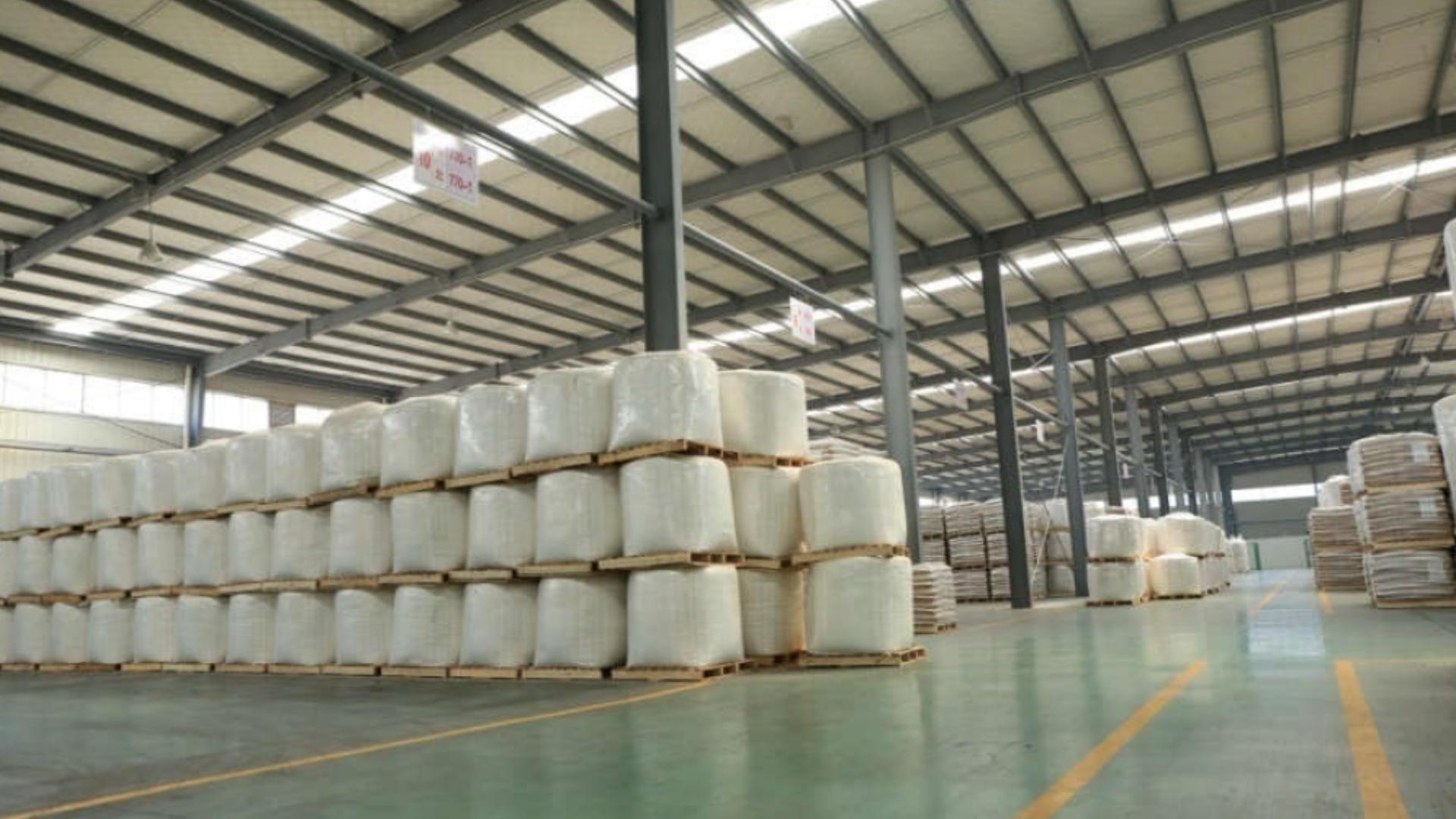
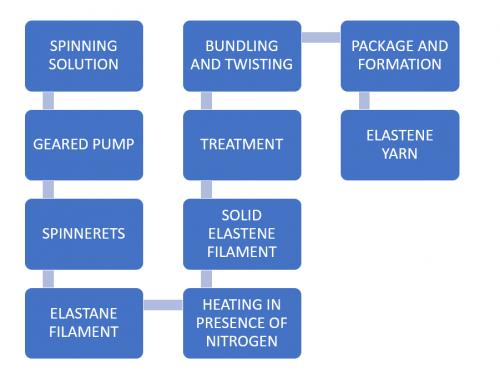
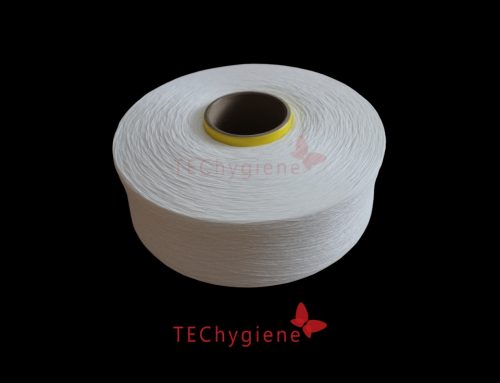
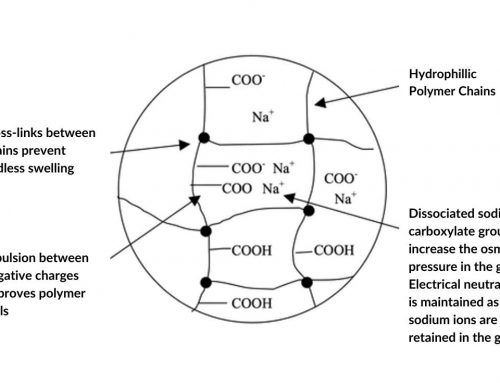
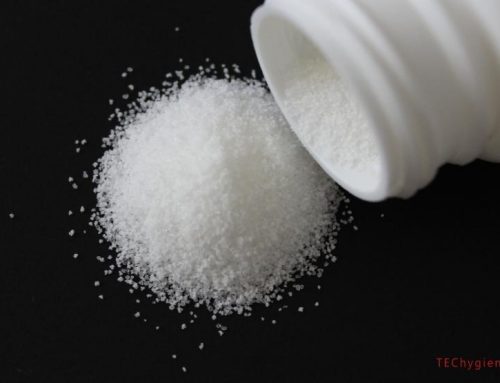
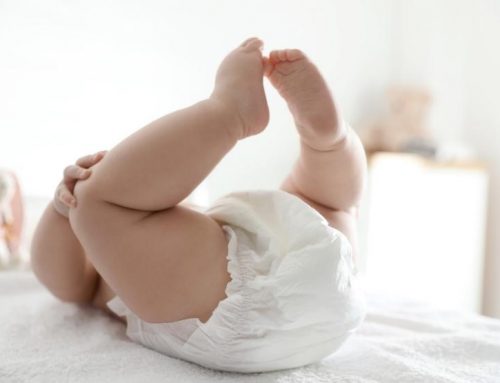
Leave A Comment